A bright number chart representing numbers 1-50.
These number charts can be used for various number and counting activities during guided math groups.
Print on cardstock, then cut and distribute the number boards to students. There are two boards on a page.
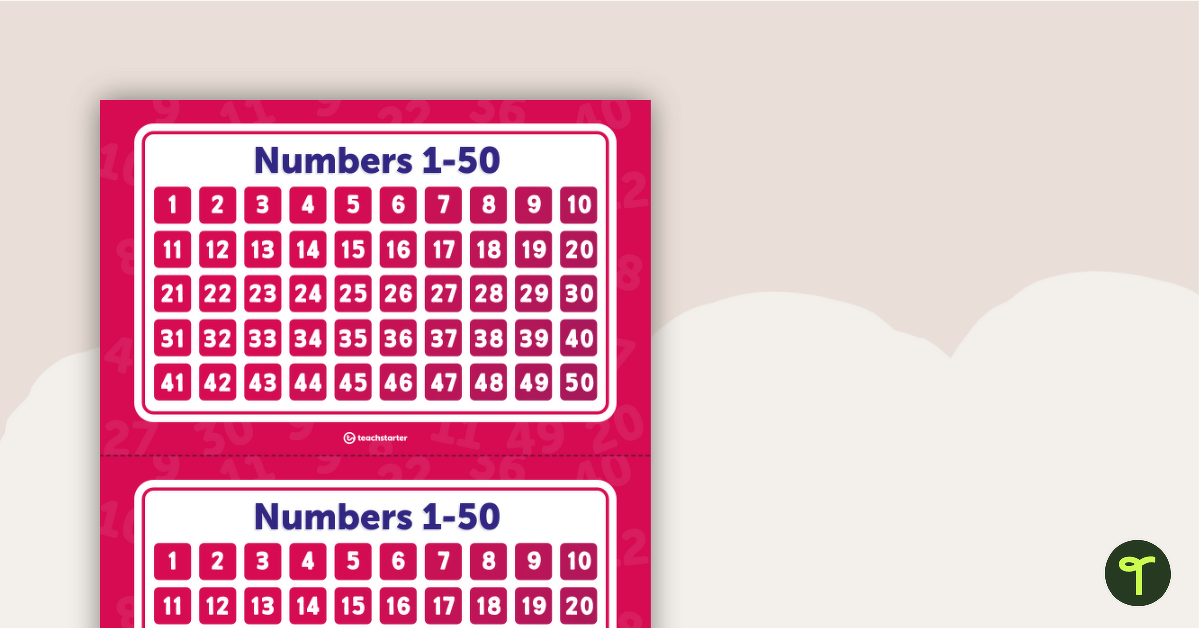

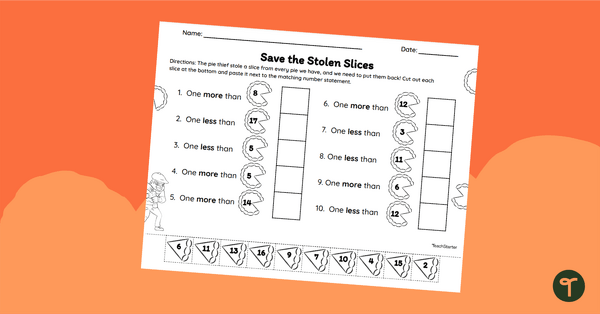
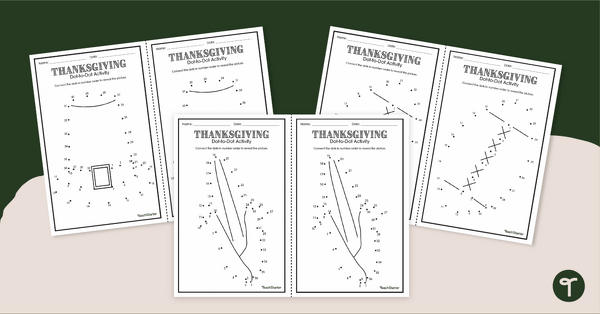
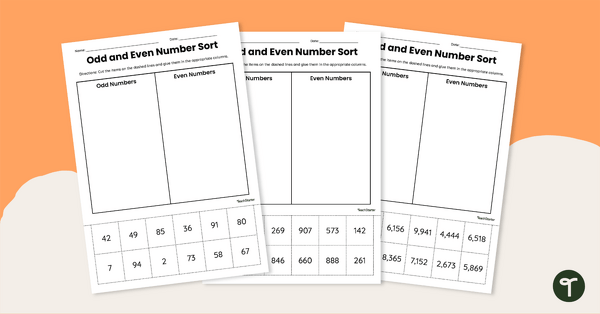
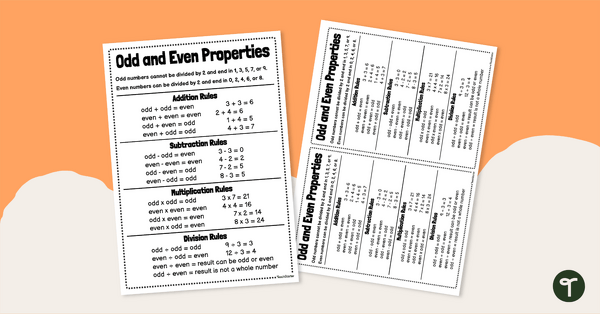
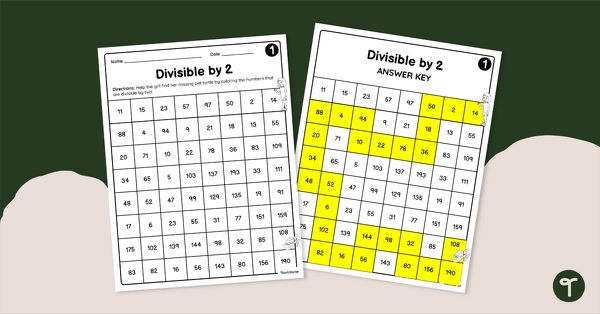
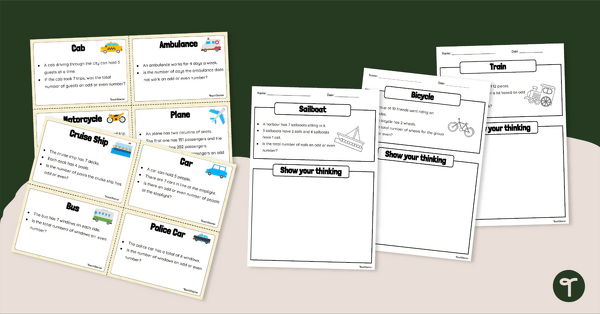
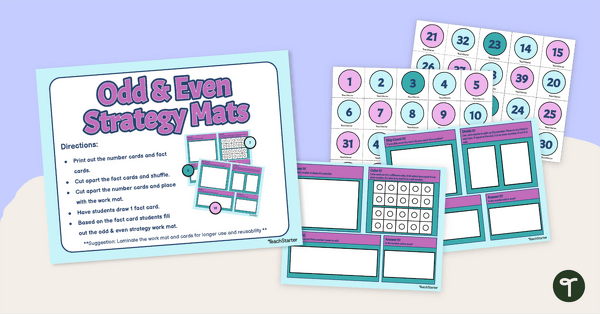
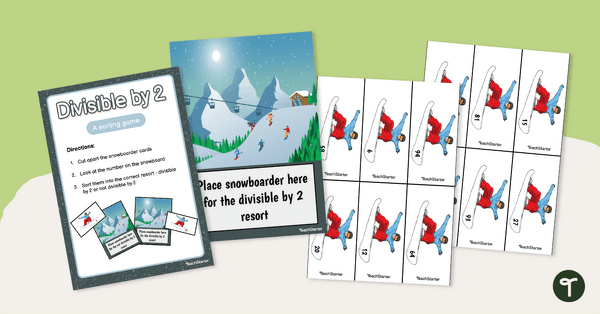
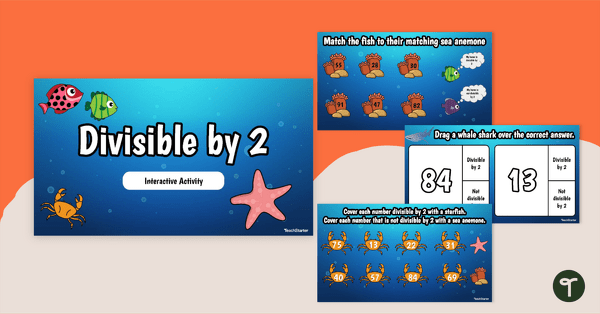
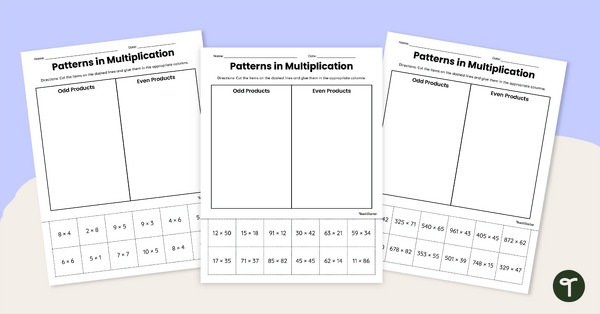
0 Comments
Write a review to help other teachers and parents like yourself. If you'd like to request a change to this resource, or report an error, select the corresponding tab above.